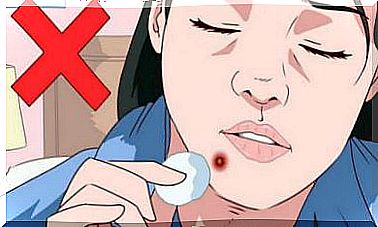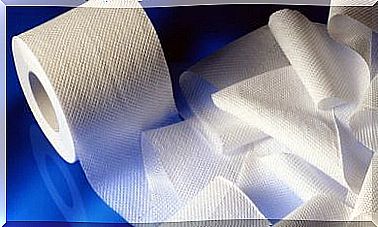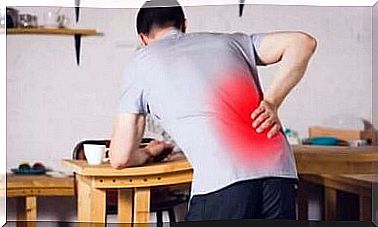Hair Loss: Is It Possible To Stop It?
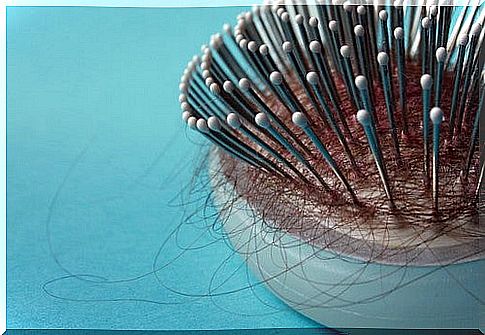
Who does not like to show off a thick and shiny hair, whose beauty and health is highlighted by trendy hairstyles or more extravagant cuts. However, hair is extremely sensitive to any changes in the body. It is possible that all of a sudden you are faced with hair loss and that you find a large number of hairs on the pillow or in the brush.
At this point, it is normal to start to panic, not only for aesthetic reasons, but also because fear is the beginning of a more serious problem: the hair loss .
Calm and cool! In this article we offer you the solution to the problem, but first of all… is there really a problem?
Losing hair every day is normal
An adult has between 100,000 and 150,000 hairs that grow and fall out continuously during a cycle called the hair cycle. Since each hair grows at its own pace, hair can be found in the scalp at different stages of the cycle.
Every day a person loses between 60 and 100 hairs that are in the third phase of the cycle, that of rest and fall called telogen. And this is completely normal.
When hair loss noticeably increases or affects only certain areas of the nape, we are faced with a condition known as alopecia.
The causes of this condition are varied: skin diseases, hereditary factors, drugs, stress, poor diet and even very tight hairstyles. If not treated in time, alopecia can lead to total hair loss, but this process can be reversible. In this article we offer you 7 remedies to stop hair loss and to regrow your hair.
First of all: it is necessary to investigate what type of alopecia you present.
Types of alopecia: Is it possible to curb hair loss?
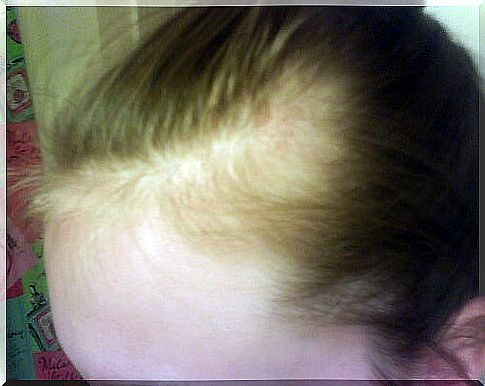
Alopecia can be classified into two large groups based on how it causes hair loss: cicatricial alopecia and non-cicatricial alopecia. It is important to know that each hair consists of a shaft and a root contained in the hair follicle.
During the telogen phase, the hair falls out and the follicle generates another. Therefore, if the follicle is not damaged, it is possible to reactivate hair growth.
The alopecia scar rarely appear and are characterized by the destruction of the hair follicle due to inflammatory mechanisms, infectious or traumatic. Due to this, the falling process is irreversible. Among the main causes of this type of affection we find:
- Hereditary diseases such as ichthyosis and epidermal nevus.
- Physico-chemical agents such as burns and caustic agents.
- Infectious diseases caused by fungi, bacteria and viruses.
- Neoplastic diseases such as lymphomas.
- Dermatosis such as sarcoidosis and follicular mucinosis.
However, 80% of alopecias are non-cicatricial alopecias, that is, they do not damage the hair follicle and, therefore, with the appropriate treatment it is possible to recover the hair. Below we present the 5 most frequent types; however, we remind you that it is always recommended to contact a dermatologist for correct identification:
Non-scarring alopecies: the 5 most common types
- Androgenetic alopecia or common baldness: it is the most common form (95% of cases) and can be caused by genetic and hormonal factors. There are two types of manifestations:
a) Men: hair loss mainly in the front and central area of the head. Different sections of the hairless head begin to appear and increase.
b) Women: general hair loss. There are no areas of total baldness.
- Traumatic alopecia: it is caused by physical trauma, different manifestations are distinguished according to the trigger mechanism:
a) By traction: the hair is subjected to constant tension following certain hairstyles, such as chignon and braids.
b) From pressure: caused by a continuous friction between the scalp and a surface, such as, for example, the pillow.
c) Trichotillomania: the habit of pulling hair strands.
Other types of alopecia
- Alopecia areata: appears to be caused by stressful situations. This type of hair loss causes round patches to appear, although sometimes they involve the entire head. It is usually treated spontaneously, but relapses can occur.
- Diffuse alopecia: it is the more or less intense hair loss in different areas of the scalp as a result of various factors including malnutrition, sudden weight loss, serious illness, febrile episodes, hormonal imbalances following childbirth.
- Alopecia for substances or drugs : high doses of certain drugs such as antithyroid, anticoagulants, cytostatics and sodium, as well as high amounts of vitamin A are able to cause alopecia. When you stop taking them, the hair grows again ..
Now that you have an idea of the type of alopecia you have and if it is not a scar type, the solution is near! Below we propose 7 simple natural and effective remedies to stop hair loss and make it grow back healthy and shiny
Seven remedies for hair loss

TREATMENT 1: sabila leaf or aloe vera
Aloe vera leaves contain chemicals that stimulate the scalp. You have to peel the leaf and cut it into squares. These gelatinous squares must be rubbed against the scalp by massaging the entire affected area.
Wrap the head with a cloth so that the treatment works all night and the next day rinse with warm water and half a lemon. You have to do this for at least three to four weeks before you see amazing results.
TREATMENT 2: coconut milk
Coconut is rich in water, nutrients and saturated fatty acids. The milk obtained from it prevents hair loss. To make coconut milk, the pulp is grated and squeezed with a cloth. With the liquid obtained, massage the scalp to facilitate its absorption. This procedure must be carried out once a week.
TREATMENT 3: onion
Onion is rich in vitamins A, B and C and also stops hair loss. To be effective, you need to take a white onion and blend it with 3 tablespoons of honey.
Apply this mixture with a brush on all affected areas and cover them for 30 minutes. After, rinse with plenty of water. In less than three weeks you will be amazed by the results.
TREATMENT 4: garlic and olive oil
Garlic possesses the most amazing properties. You can see for yourself if you make this treatment against alopecia. Before going to sleep, rub two cloves of garlic on your scalp and then massage with olive oil.
Wear a hat all night and wash yourself with an aromatic shampoo the next morning. This treatment has to be done twice a week for a month before noticing noticeable changes.
TREATMENT 5: restructuring
Mix a tablespoon of honey, 2 egg yolks, 1 tablespoon of yogurt and 1 tablespoon of warm water. Apply this mixture on the entire affected area by making a light massage and cover the head with aluminum foil.
Wait 20 minutes and rinse with plenty of warm water. This is a very effective remedy: the hair will be very shiny.
TREATMENT 6: rosemary and ruda
This treatment activates the circulation of the scalp. You have to boil a sprig of rosemary and another of ruda in three cups of water for 5 minutes. You must use the relaxing infusion that you will get to rinse your hair after shampooing, always massaging.
TREATMENT 7: carrot, honey and oil
Two tablespoons of pure honey, one of olive oil and one carrot must be blended until a homogeneous mixture is obtained. Apply it on the head making circular massages; afterwards, cover the nape of the neck with a towel.
After 20 minutes, rinse with plenty of warm water. Carrot is an excellent source of vitamins: if you do the treatment twice a week, your alopecia will disappear.
One final tip
Now all you have to do is choose the treatment you prefer and get to work. However, remember to be persistent and know what the real cause of the problem is in order to fix it.
Following a proper diet, avoiding using the hair dryer and making hairstyles that pull your hair a lot and leading a healthy life is a great way to take care of your hair and avoid irreversible damage.

